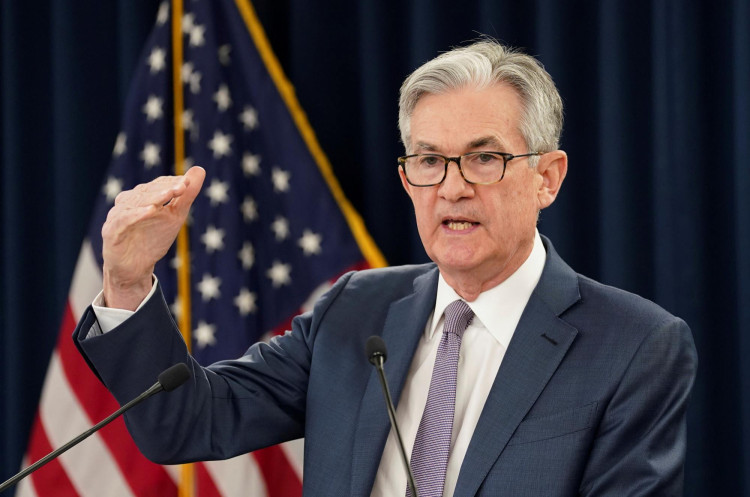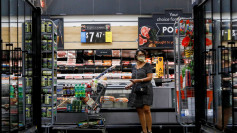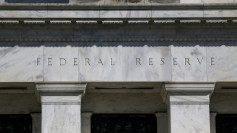In a closely monitored update from the Federal Reserve's preferred inflation gauge, data for January unveiled a nuanced picture of the U.S. economic landscape, aligning with expectations yet signaling a complex path ahead for monetary policy adjustments. According to the Commerce Department's Bureau of Economic Analysis, the Personal Consumption Expenditures (PCE) price index, excluding the often volatile food and energy sectors, rose by 0.4% over the month, culminating in a 2.8% increase from the previous year. These figures, anticipated by Dow Jones consensus estimates, suggest a steady inflationary trend, slightly above the Fed's 2% annual target.
The comprehensive PCE index, which encompasses all categories, also reflected a moderate increase of 0.3% for the month, translating to a 2.4% rise on an annual basis. This growth pattern, consistent with projections, underscores a gradual normalization in pricing dynamics post-pandemic, with a distinct shift towards service-based consumption. Notably, service prices surged by 0.6% monthly, contrasted by a 0.2% reduction in goods prices, highlighting changing consumer preferences and market conditions.
Amidst these inflationary trends, an unexpected surge in personal income by 1% was recorded, surpassing the modest 0.3% forecast. Conversely, consumer spending witnessed a slight decline of 0.1%, against an anticipated 0.2% increase, signaling a cautious consumer stance in the face of persistent price pressures. This cautiousness is further evidenced by a marginal uptick in the personal savings rate to 3.8%, indicating a strategic consumer response to the inflationary environment.
Stephen Gallagher, chief U.S. economist at Societe Generale, remarked on the report's alignment with market anticipations, emphasizing the absence of widespread price hikes that had previously been a concern. The financial markets responded with minimal fluctuation, indicating a tempered reaction to the inflation data, with futures markets hinting at a possible Fed rate cut in June.
Adding complexity to the economic narrative, the Labor Department's recent findings revealed a steadfast labor market, with initial jobless claims reaching 215,000, slightly above expectations. This resilience in employment, coupled with a rising number of continuing claims, suggests an underlying strength in the job market, despite broader economic uncertainties.
As the Federal Reserve deliberates its next moves after a series of interest rate hikes aimed at curbing inflation, the January data presents a mixed bag. With inflation metrics slightly above target yet showing signs of stabilization, and an unexpectedly strong income surge, policymakers face a delicate balancing act. The decision to reverse previous rate increases looms large, with the timing and magnitude of such adjustments shrouded in uncertainty.
David Alcaly, lead macroeconomic strategist at Lazard Asset Management, interprets the January inflation data as a temporary setback, suggesting that the broader trajectory and depth of potential rate cuts hold more significance than their initiation timing. This perspective is echoed in the comparison between the Consumer Price Index (CPI) and PCE measures, with the latter offering a more nuanced reflection of consumer behavior adjustments in response to price changes.
The January inflation report, juxtaposed with consumer income and spending trends, paints a complex picture for the U.S. economy. As the Federal Reserve navigates these intricate dynamics, the path forward for interest rate policy remains cautiously charted, with a keen eye on sustaining economic growth while managing inflationary pressures.






